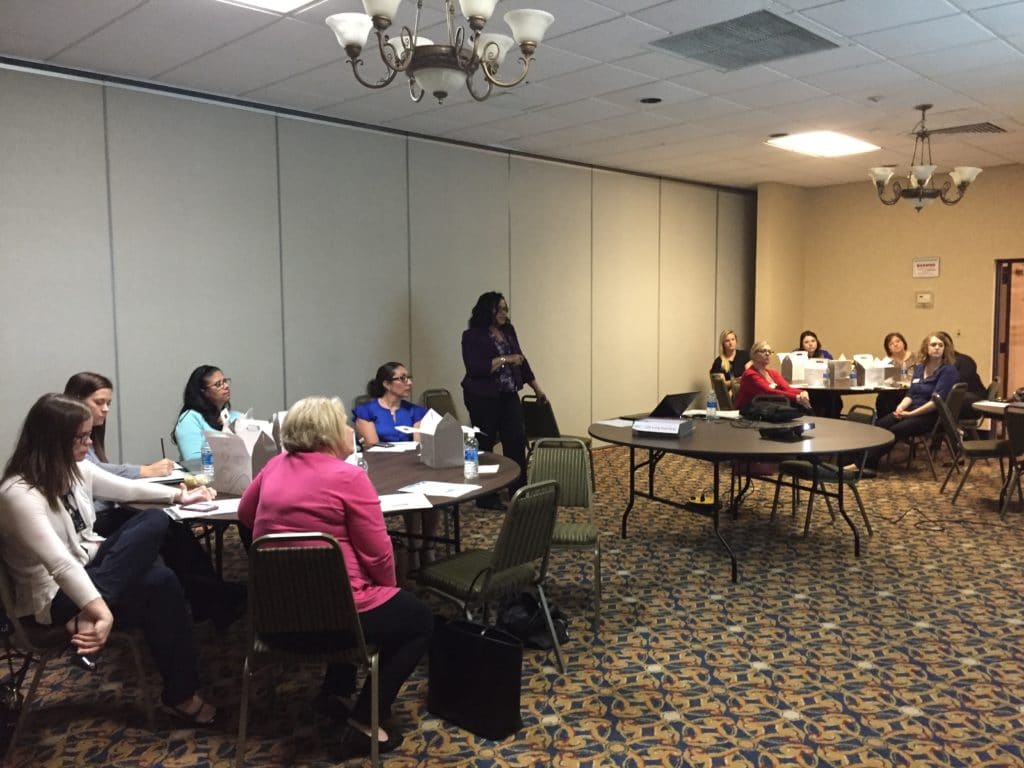WiB learn the difference between organic, natural, and locally grown food

MORRIS – Drusilla Banks, Nutrition and Wellness Educator with the University of Illinois Extension, presented at the most recent Women in Business Luncheon on Wednesday, April 26 held at the Quality Inn in Morris. She spoke about organic, natural and local food.
Banks explained that sales of organic foods have continued to grow and now account for about 4 percent of total food and beverages sales. In order for a food to be certified organic it must avoid most synthetic chemicals including fertilizer, pesticides, and additives during the growing, storage, processing, packaging and shipping process. Farmland that is free from pesticides and fertilizers often for three or more years must also be used. Detailed records must be kept and in the grocery store there must be a separation between organic and non-organic foods.
There are three different levels of organic food. One hundred percent organic means the product was made entirely with certified organic ingredients and methods. Ninety five percent organic ingredients can have up to 5 percent of their ingredients be non-organic. Made with Organic Ingredients means that the product contains 70 to 94 percent organic ingredients. The first two categories will display the USDA organic seal but the products made with organic ingredients will not.
Natural foods do not have to go through such a rigorous process to be labeled natural. Food can only be labeled natural if it contains no artificial ingredients or added colors and is minimally processed. There also is a naturally raised label for meat. A meat product meets the naturally raised standards if no growth hormones or antibiotics were used and no animal byproducts were fed to the animals. There are no restrictions on livestock handling, living conditions, access to pasture, or whether animals are fed grain or grain byproducts in order to receive the naturally raised label.
Locally grown food has become popular but it does not have a legal definition. To most people it means food that is grown within 100 miles from a given location. Local can also mean food that is grown in your state or the states that border your own. Much of our food is imported from places such as Mexico, Canada, Argentina, New Zealand, etc. The local food movement helps bring to light where your food is coming from, who is growing it, and it allows the community to build locally based, self-reliant food economies.
Banks is currently working with the Grundy County Health Department on their Healthy Families Project. The project is designed to help families with children ages 12-18 years old in Grundy County learn to cook meals with their children that are healthy and inexpensive. Classes will continue throughout June in various locations throughout the county. To register for a class contact Kelly Hitt at [email protected] or call (815) 941-6818.
The next Women in Business event will be a Golf Clinic held at Nettle Creek Golf Course on Tuesday, May 9 from 11:30 a.m. to 1:00 p.m. For more information and to register please contact Events Director Christine Mendez at [email protected] or call (815) 942-0113.

